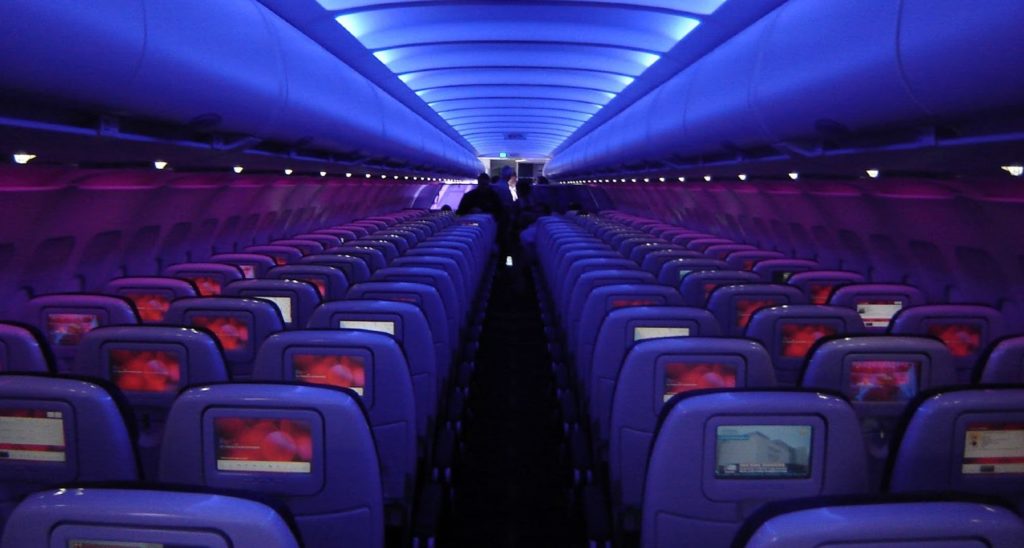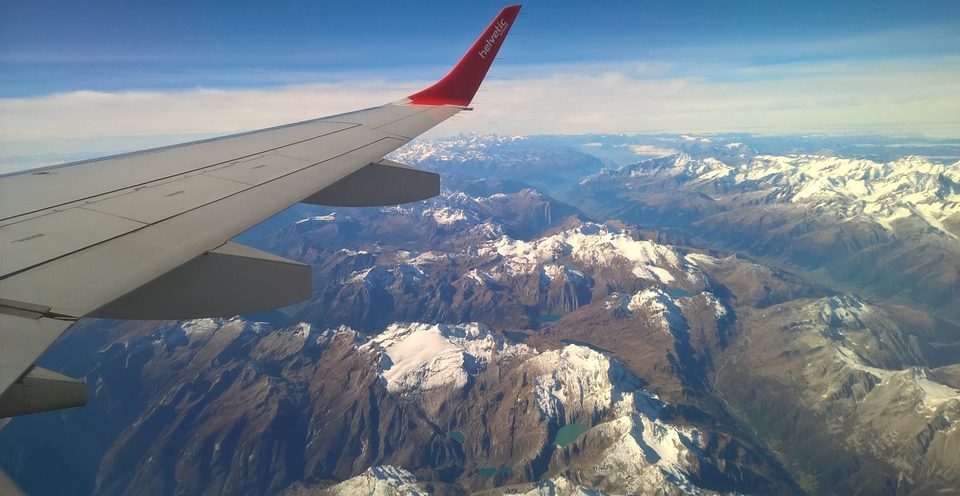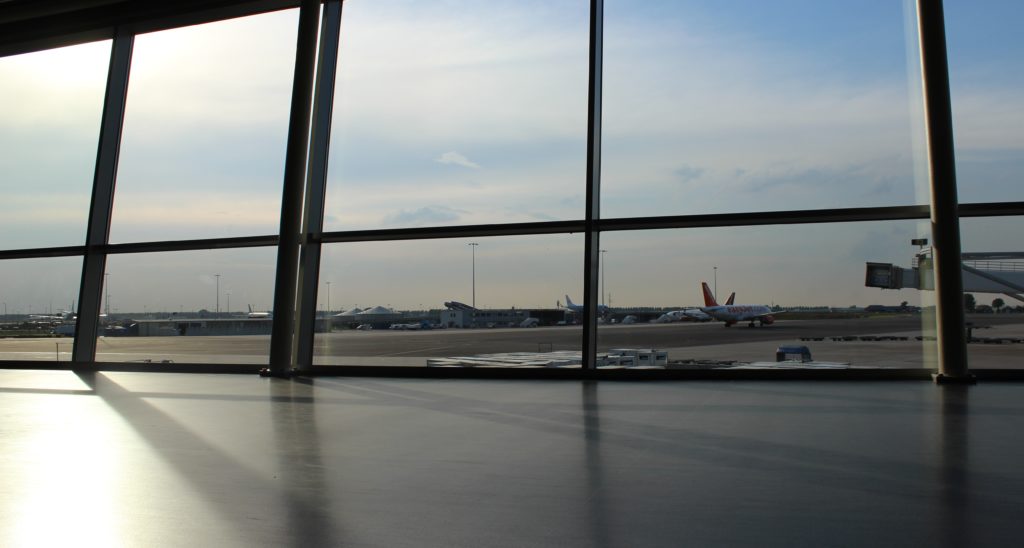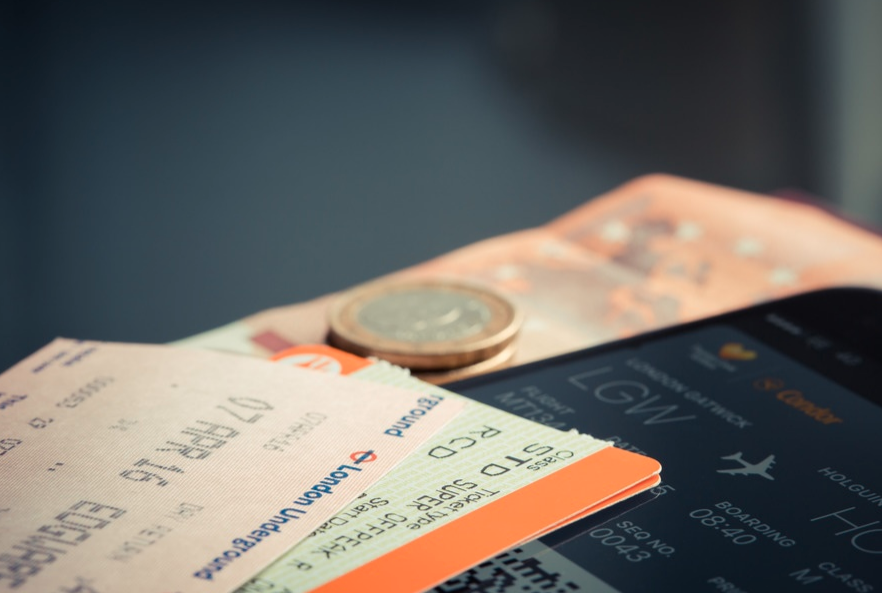Flying can be monumentally stressful, but not if you’re adequately prepared. Here are six insider flight hacks to make your flying experience as smooth as possible.

1. Use the secret handles underneath overhead cabins
When turbulence happens, most people will use their fellow passenger’s seats to brace themselves from falling on the way back to their seat. The majority of people don’t realize, however, that almost all airplanes have a secret handle underneath the overhead cabins that store roller boards and other assorted carry-ons. You’ll see the handles on either side of the sign that denotes the aisle number; simply reach up there and use the handles to get yourself back to your seat safely without disturbing fellow passengers.

2. If turbulence affects you, look out the window at the horizon; if it’s dark, focus on the wing of the plane.
Speaking of turbulence: Gizmodo’s Bryan Lufkin addresses the fear/sickness factor of turbulence after his own particularly harrowing experience flying from Tokyo to Minneapolis. Lufkin interviewed pilot Patrick Smith of AskThePilot.com about the danger of turbulence and the risk of the plan falling apart:
“Even in extremely rough air, the wing is not going to break off and the plane is not going to flip upside-down,” Smith reassures readers.
Modern-day planes are so advanced that their wings are designed to bend up to 90 degrees; plus, if the turbulence is truly that bad, the pilot will change the flight path and land early instead of risking a plane full of people.
When experiencing turbulence, it’s best to look out into the horizon or the wing, as this helps trick your body into thinking that you’re not moving as much as you actually are. Eleni Xenos, a doctor who writes for One Life, tells her readers that looking at a fixed object in the distance is a great way to overcome motion sickness.

3. When searching for a plane ticket, many travel discount sites will cookie you. Do research in one browser and purchase in another so the prices are less likely to increase.
It’s important to remember that when you’re searching online for airlines tickets, cookies are being saved on your computer and your searches are being stored. This kind of travel-site tactic results in the frustrating price jump in the midst of investigating flights. A good way to avoid this pitfall is to either clear your browser cache, or simply search for airfare on one computer and book it on another. Interestingly, The Wall Street Journal’s Dana Mattioli wrote about findings that showed users of Mac computers paid as much as 30% more on travel than what Windows users are charged. All of that considered, it might make sense for Mac users to try and not purchase tickets until they’ve researched flights on a PC as well.

4. Tuesday is the least traveled day of the week, so if you’re looking to avoid lines (and get a cheaper fare), fly then.
Flights departing from noon on Thursday through midday Monday command the highest demand for travelers, which is why tickets during that window of time tend to be the most expensive. With that in mind, Fare Compare lists Tuesday as the best day to fly for the cheapest flights available. Traveling on a Tuesday also means that you’re more likely to avoid the crowds that have been plaguing airports this summer, which can result in hours-long waits for passengers just to get through security.

5. Direct vs. Non-stop: All flights are not the same
While direct and non-stop flights seem to virtually mean the same thing, they’re actually different beasts with different implications. Non-stop flights (as opposed to direct) have their own unique flight number and may be the best option for the anxious or super-rushed traveler: while there is usually an increase in ticket price, that extra cost comes with the added convenience of not needing the earlier plane to land, deplane, and get set up for new passengers to board.

6. If you have time to plan in advance, do so. Ticket prices increase three weeks out, and become exponentially more expensive seven days out.
It’s well-known that the further out that a trip is booked, the cheaper the price. Caroline Costello, of Smarter Travel, looked at a study performed by CheapAir.com that monitored more than 4 million airline trips taken in 2013 and found that the cheapest time to buy for domestic flights was seven and a half weeks in advance. For international flights, the earlier the better, but there are price fluctuations that depend upon the destination.
The first expected price increase for purchasing is about 3 weeks out, then 7 days. After you’re under the 7 day window, it might be best to try and use reward points or miles for travel. Costello notes that the worst day to buy a plane ticket is the day before the flight, with each day preceding the first day being the next worst day to buy a plane ticket. By the 13th day prior to departure prices stabilize, with price increases expected in regular intervals prior to takeoff as the plane becomes closer filled to capacity.

